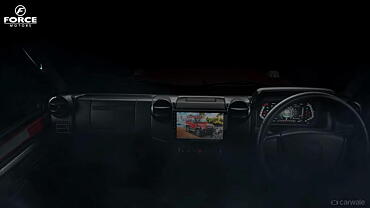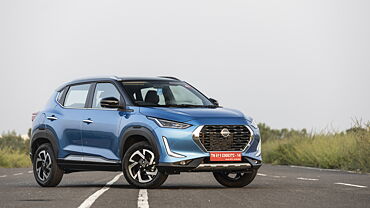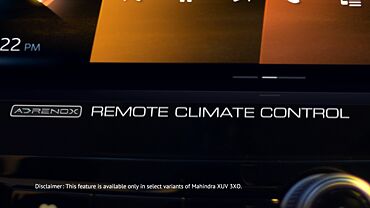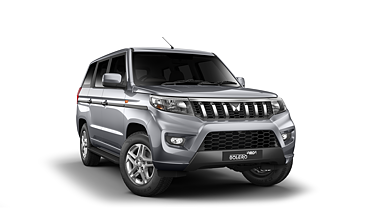Cartrade Comparison Test
Introduction
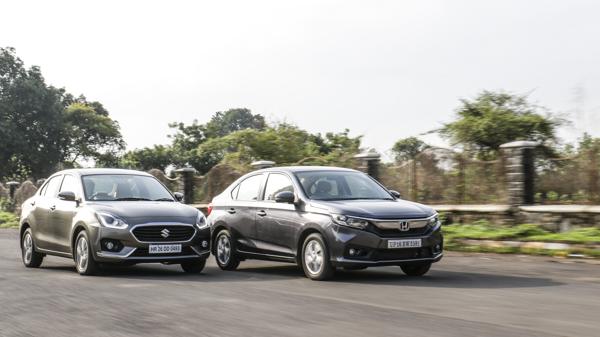
It’s no secret that compact SUVs are evolving as family sedan alternatives, however, there are still many who are after the underlying looks and that deep sense of pride that comes from owning a sedan. This is where compact sedans like the all-new Honda Amaze and the impressive Maruti Suzuki Dzire come into play. These family-friendly runabouts, especially the automatic versions, hit the sweet spot when it comes to practicality and driving comfort
Whereas the Dzire has already made a mark in its segment, selling in huge numbers, it’s the all-new Amaze that ought to show its mettle. Nonetheless, both vehicles offer compelling arguments in this space. We hit the road to figure out which one deserves your hard-earned money.
Exterior
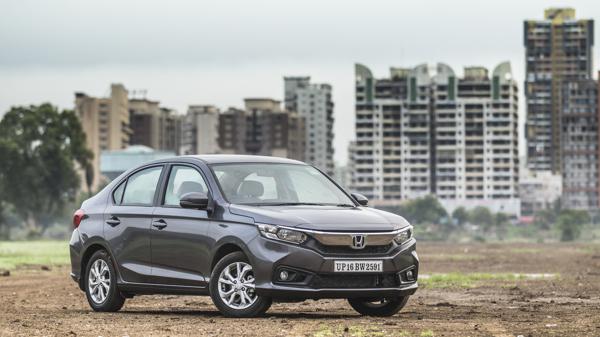
The new Amaze divides strong opinions when it comes to the exterior design. That slab-like profile of the front-end is bold and sharp looking. While there are some elements, like the overly aggressive nose and the thick chrome bar, which may not go down well with everyone, the new Amaze does get some nice touches like the LED daytime running lights and the upsized 15-inch alloy wheels. Thanks to its short hood length and a well extended boot-lid, the Amaze fits under the crucial 4-metre length without looking disproportionate.

The same can be said for the Dzire which looks surprisingly balanced as a three-box sedan. It’s a big improvement over the old car which was oddly proportioned. Bits like the strong shoulder-line and the well-defined boot line help it look more convincing than the Amaze.
Interior

Inside, the Dzire has the upper hand when it comes to features and it also looks more premium – bits like the flat-bottom steering wheel, sporty looking dials and good usage of faux wood and gloss black inserts help elevate the ambience. The plush cabin also gets a big touchscreen display and a cleanly designed centre console that we approve of. Honda, meanwhile, has gone to town with the new Amaze. You get a nicer looking instrument cluster with plenty of driving related information and a new multimedia display with built in navigation, Android Auto and Apple CarPlay. The Amaze now even gets push button start, keyless entry and LED turn indicators on wing mirrors. The quality of plastics are on part with the segment but it isn’t as consistent as some of its rivals.
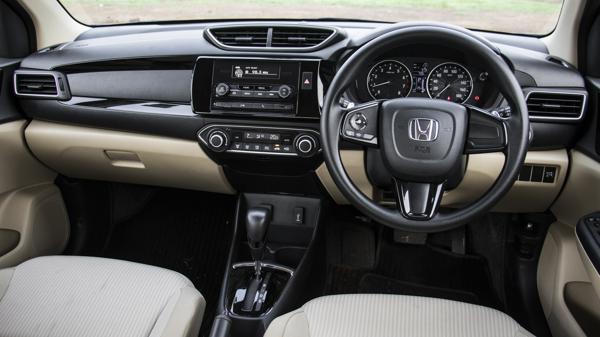
Moving onto space and comfort, things are even upfront in terms of seat comfort. In the Amaze you sit higher, affording a better view all around. The seats themselves are comfortable and offer decent bolstering as well as under thigh support. There are, however, some differences in the volume – the Dzire is the widest car in its class and it feels so, especially at the back. It is wide enough to accommodate three occupants over short journeys and the bench itself is nicely contoured and offers good under thigh support, if not great. The narrower Amaze claws back some points with more headroom and better cushioning but when it comes to legroom, both are evenly matched. Interestingly, the Amaze has a longer wheelbase of the two despite the similarity in overall length.
Performance
Under the hood, the Dzire comes with a 1197cc, four-cylinder petrol motor developing 82bhp/113Nm while the Amaze is powered by a 1199cc motor with as many cylinders and 89bhp/110Nm. As for transmission options, the Amaze uses Honda’s tried-and-tested CVT gearbox with infinite ratios while the Maruti uses a much simpler automated manual gearbox (AMT) with 5 speeds.
The Dzire isn’t any more powerful compared to the old car but it is considerably lighter and that makes all the difference. Even a slight nudge to the throttle makes the Dzire leap forward with plenty of zest. The motor, in fact, is responsive and has a linear pull from low engine speeds, which makes it great for city driving. The 5-speed AMT in here does a good job of changing cogs in the city. It always upshifts in the meat of the torque band while downshifts are surprisingly smooth. It’s only during heavy acceleration that you will get that typical AMT pause in between gearshifts. This effect can be somewhat dampened in manual mode by lifting off the throttle while upshifting.

Next to the Dzire, the Amaze immediately feels a little noisier inside although we would like to add that its completely down to how the CVT works. Even so, the Amaze is not as refined as the Dzire despite Honda putting in some work on reducing the NVH – there’s more of engine and road noise filtering into the cabin as compared to the Maruti. In terms of performance, this engine too pulls in a linear fashion all the way to 6,600rpm redline although there is a mild surge at about 4,000rpm as the i-VTEC kicks in. The seven-step CVT offers what’s expected of it, delivering power seamlessly and as long as you don’t floor it, the Amaze picks up pace in a butter-smooth manner. That said, under heavy acceleration, the Amaze suffers heavily from the trademark rubber band effect wherein there is an instant rise in engine revs in proportion to the speed. Slot the lever into S and the revs climb up and stay close to the midrange where the meat of the power is, but doing so results in more engine noise.

In our acceleration and in-gear tests, it clocked a respectable 12.86 seconds for the 0-100kmph run and took 8.28 seconds to hit 20-80kmph. The Amaze, on the other hand, was noticeably slower (0-100kmph in 15.07 seconds, 20-80kmph in 9.90 seconds).
As for the all-important ride quality, the Dzire has improved a lot. The suspension is quiet and absorbs low speed imperfections with aplomb. At city speeds, its fractionally firmer than the Honda, but when loaded it offers a near flawless ride. Honda has tweaked the suspension geometry for better ride quality and it shows. At low speeds its not as stiff as it used to be, absorbing bumps and imperfections with a soft edge. However, because its now running comparatively softer set up, the Amaze exhibits a lot of that unpleasant up and down motion at highway speeds. The new Dzire, meanwhile, is better suited at high speeds with the way it settles at the rear – it’s noticeably quieter and more planted.
Conclusion
This has been a rather close battle than what we initially figured. In this segment it ultimately comes down to what’s more important to the buyer. If you are after bold looks, solid reliability and a smooth driving experience, the new Amaze cannot be missed. It costs slightly less, too, but that’s down to the fact that its not offered in the top-spec trim.

Sure, the Dzire is more expensive than the Amaze but its still great value overall. With a more upmarket look on the outside, more features inside and better ride and handling, the Dzire is convincingly the better automatic compact sedan here.
Text by Sagar Bhanushali
Pictures by Kapil Angane



![Honda Amaze [2018-2021] Honda Amaze [2018-2021]](https://imgd-ct.aeplcdn.com/160x89/n/cw/ec/33276/amaze-exterior-right-front-three-quarter-2.jpeg?q=80)


